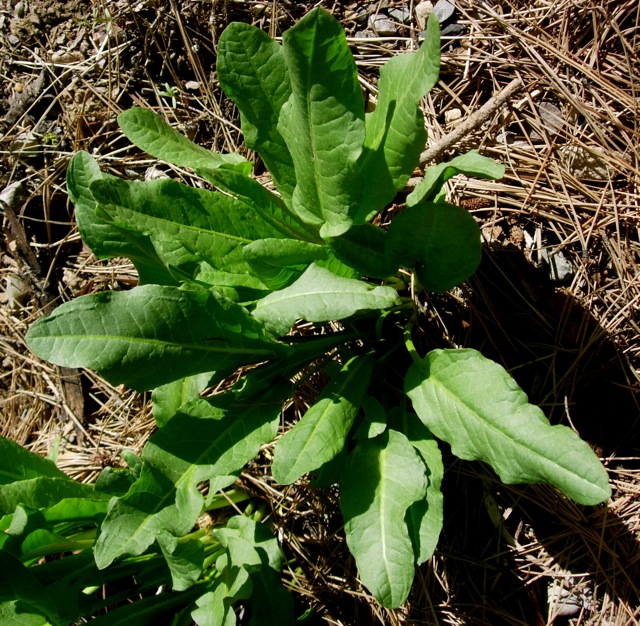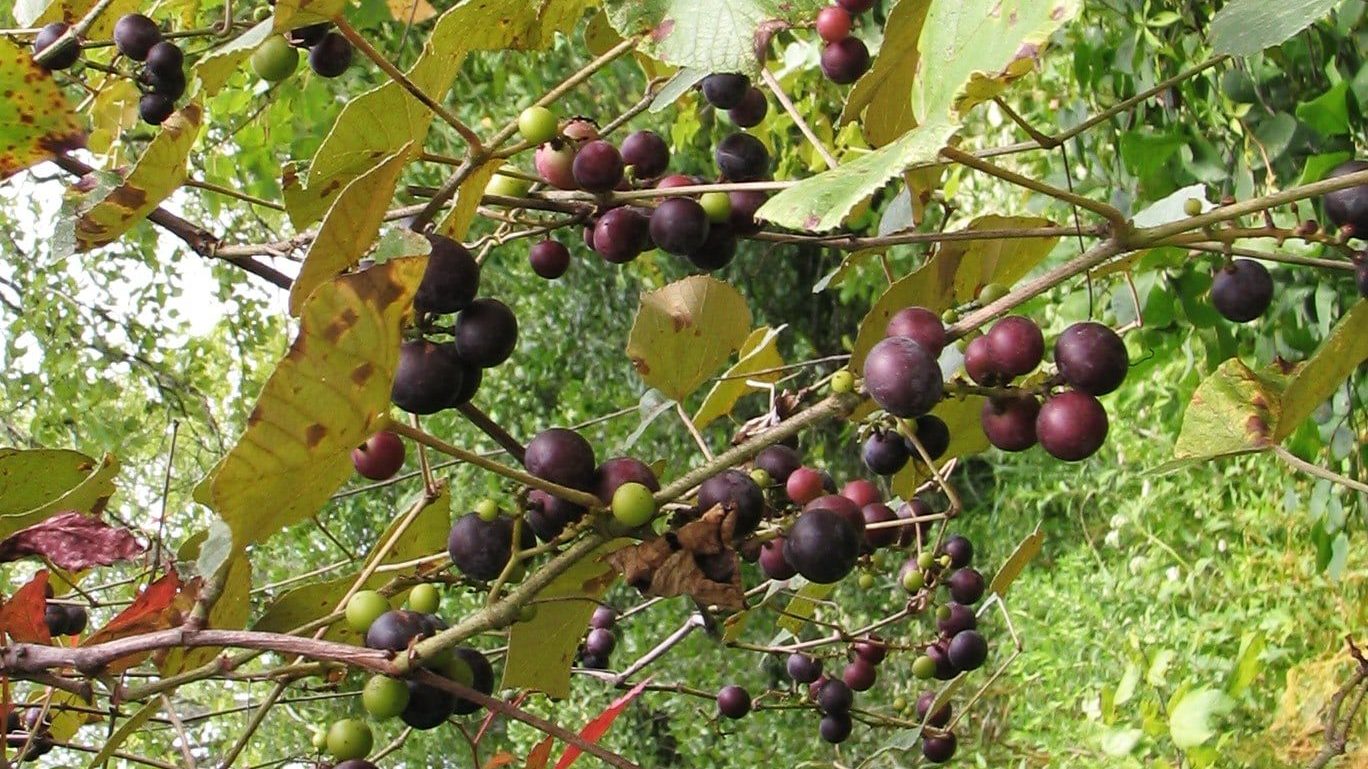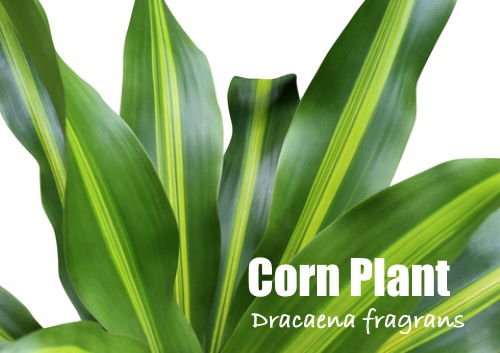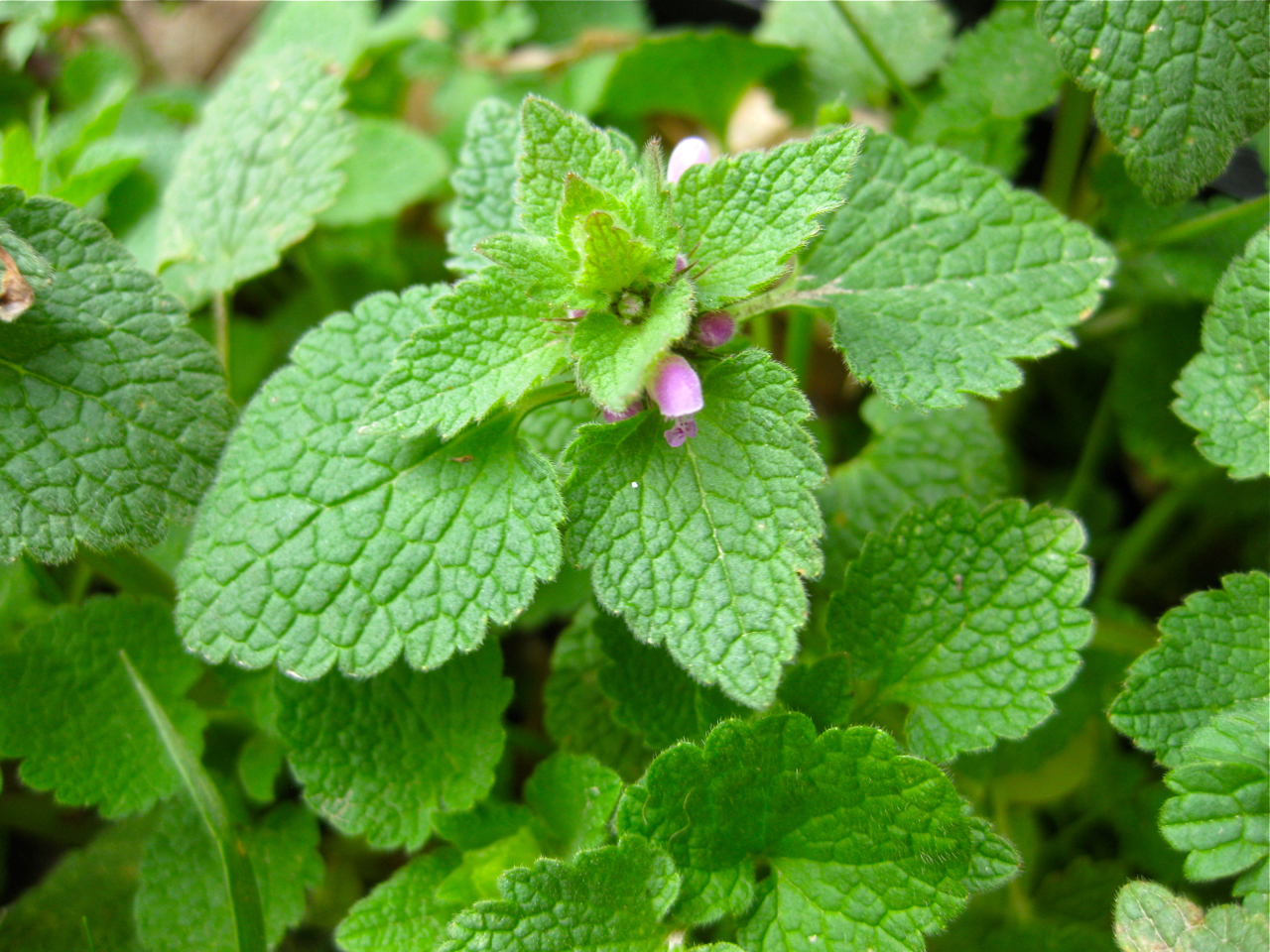Edible plants in Oklahoma include a variety of wild herbs, nuts, fruits, and vegetables that are safe for consumption. Some popular options include dandelion, purslane, hickory nuts, pine nuts, and Jerusalem artichokes.
It is important to act responsibly when foraging and to always respect landowners and protected species. A universal edibility test can be used to determine if a plant is safe to eat. Additionally, leafy greens like spinach, Swiss chard, kale, and collard greens are also good sources of vitamins and nutrients in Oklahoma.
With proper knowledge and caution, foraging for edible plants can be a fun and sustainable way to connect with nature and enjoy the outdoors in Oklahoma.
Exploring Edible Plants In Oklahoma
Oklahoma’s diverse landscape offers a rich variety of edible plants that have been used for centuries by Native American tribes and have played a significant role in the state’s history. From traditional uses by indigenous peoples to the practical applications for modern foragers, the exploration of edible plants in Oklahoma reveals a fascinating tapestry of cultural and historical significance.
Native American Uses Of Wild Plants
The Native American tribes of Oklahoma have long relied on the bounty of wild plants for sustenance and medicinal purposes. For example, the seeds of wild sage were ground into flour and used for mush, while dandelion leaves and roots were utilized for treating various ailments. Additionally, the hickory nut was a staple in their diets, and pine tree seeds provided a significant food source. Such traditional uses of wild plants by Native American tribes reflect a deep understanding and respect for the natural resources available in Oklahoma.
Historical Importance Of Edible Plants
The historical importance of edible plants in Oklahoma is evident in their role as essential food sources and medicinal remedies. For instance, the invasive Jerusalem Artichoke has been utilized for its tubers, which can be prepared similarly to potatoes. Furthermore, the universal edibility test has been a crucial method for determining the safety of consuming wild vegetation, ensuring that foragers can distinguish between edible and poisonous plants. With a rich array of edible greens including spinach, Swiss chard, mustard greens, kale, and collard greens, the historical significance of edible plants in Oklahoma is intertwined with the state’s cultural heritage and practical knowledge of foraging.
Common Edible Plants In Oklahoma
When it comes to foraging for food in Oklahoma, there are several common edible plants that can be found in the wild. These plants have been used for centuries by various indigenous tribes and continue to be utilized today. Let’s take a closer look at some of the common edible plants in Oklahoma.
Dandelion
Dandelions are not just pesky weeds; they are also edible plants that offer a range of nutritional benefits. The leaves and roots of dandelion have been used for centuries to treat liver, gall bladder, and kidney issues. The root contains bitter glycosides, making it a valuable addition to the diet.
Hickory Nut
Hickory nuts were a staple in the diets of Native American tribes in Oklahoma. These nuts were used to make bread and provided a good source of nutrition. Hickory nuts are still foraged and enjoyed today for their rich flavor and nutritional value.
Pine Trees
Pine trees offer edible seeds that have been historically important for many Native American tribes. The seeds of all pine species are edible, and pine nuts are a valuable food source. In Oklahoma, foraging for pine nuts can provide a sustainable and nutritious addition to the diet.
Foraging for edible plants in Oklahoma can be a rewarding and sustainable way to connect with nature and obtain nutritious food. By responsibly foraging and respecting the environment, individuals can enjoy the bounty of edible plants that Oklahoma has to offer.
Foraging In Oklahoma
Foraging for edible plants in Oklahoma is a rewarding and educational experience that connects individuals with the natural environment. Oklahoma’s diverse ecosystems offer a rich variety of edible plants, making it an ideal location for those interested in foraging. However, it is crucial to approach foraging with a responsible and ethical mindset to ensure the preservation of these natural resources for future generations.
Ethical Foraging Practices
When foraging for edible plants in Oklahoma, it is essential to adhere to ethical foraging practices to minimize environmental impact and promote sustainability. Here are some key ethical guidelines to follow:
- Respect land ownership and obtain permission before foraging on private property.
- Avoid foraging in protected areas and adhere to local regulations regarding foraging activities.
- Harvest only what is needed and ensure the survival of plant populations by leaving enough for future growth and seed production.
- Respect wildlife habitats and minimize disruption to the natural ecosystem while foraging.
Identifying Edible Plants
Before embarking on a foraging adventure in Oklahoma, it is crucial to be able to identify edible plants accurately to ensure a safe and enjoyable experience. Here are some tips for identifying edible plants:
- Consult reliable field guides or seek guidance from experienced foragers to learn about native edible plants in Oklahoma.
- Participate in foraging workshops or guided walks led by knowledgeable experts to gain hands-on experience in plant identification.
- Learn to distinguish between edible plants and toxic lookalikes by paying attention to key botanical features and characteristics.
- Practice the Universal Edibility Test to verify the safety of consuming unfamiliar plants, especially if there is any doubt about their edibility.

Credit: www.pinterest.com
Culinary Uses Of Edible Plants
When it comes to edible plants in Oklahoma, the culinary uses are diverse and offer a unique opportunity to incorporate foraged ingredients into your daily cooking. From salads to soups, and even desserts, the edible plants of Oklahoma can add a delightful twist to your culinary creations.
Recipes And Preparation Methods
Here are some simple yet delicious recipes and preparation methods that allow you to make the most of the edible plants found in Oklahoma:
- Wild Spring Salad: Combine fresh dandelion leaves, purslane, and thistle greens for a nutritious and flavorful salad.
- Herb-Infused Oils: Use wild sage, spearmint, or yarrow to infuse oils for dressings, marinades, or dipping sauces.
- Stir-Fried Wild Allium: Saute wild allium bulbs with garlic and wild greens for a savory side dish.
- Berry Compote: Utilize foraged elderberries and mulberries to create a sweet and tangy compote for topping desserts or breakfast dishes.
Incorporating Edible Plants In Daily Cooking
Incorporating edible plants into your daily cooking not only adds unique flavors but also enhances the nutritional value of your meals. Here are some simple ways to integrate these plants into your everyday dishes:
- Smoothies: Blend wild greens like lambsquarters or chickweed into your morning smoothies for an added nutrient boost.
- Soups and Stews: Add chopped wild edibles such as pokeweed shoots or wild onions to hearty soups and stews for a foraged twist.
- Infused Vinegars: Create flavorful infusions using wild herbs like thyme, oregano, or mint to elevate your salad dressings and marinades.
- Baking: Incorporate hickory nuts or pine nuts into your baked goods for a delightful crunch and nutty flavor.
Health Benefits Of Wild Edibles
Exploring the wild edibles of Oklahoma not only connects us to nature but also offers a plethora of health benefits. From nutritional value to medicinal properties, these plants provide a natural and sustainable way to boost our well-being.
Nutritional Value
Wild edibles in Oklahoma are packed with essential nutrients that can enhance our overall health. Here are some key nutritional benefits:
- Rich in vitamins and minerals like Vitamin C, iron, and calcium
- High antioxidant content for immune support
- Good source of fiber for digestive health
Medicinal Properties
In addition to their nutritional value, wild edibles in Oklahoma also possess medicinal properties that have been utilized for centuries. Some common medicinal benefits include:
- Anti-inflammatory properties for pain relief
- Detoxifying effects for cleansing the body
- Immune-boosting compounds for overall wellness
By incorporating these wild edibles into our diet, we can not only enjoy their unique flavors but also harness their health-boosting properties.
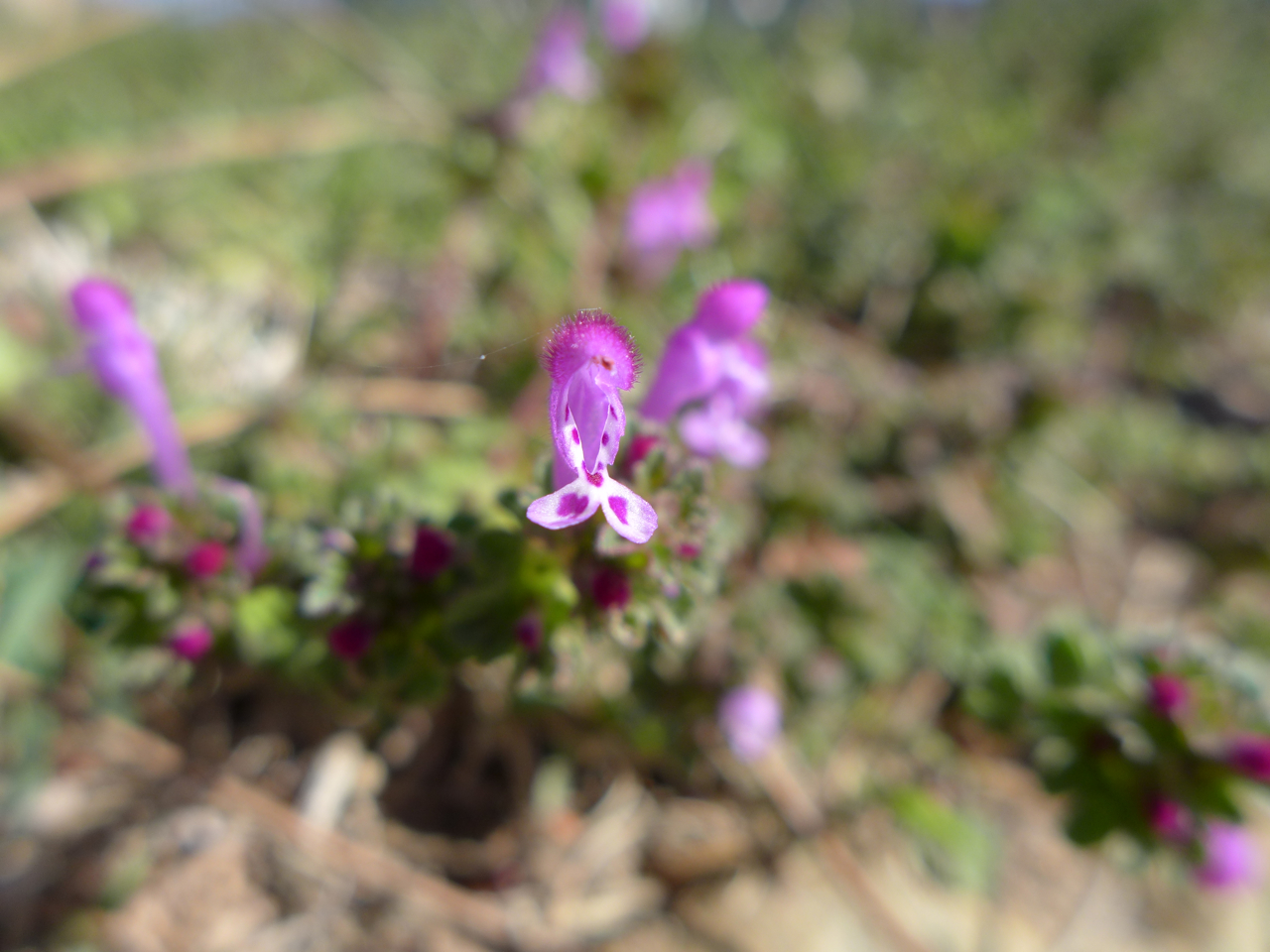
Credit: ecogardenok.com
Preservation Of Oklahoma’s Wild Edible Plants
Conservation Efforts
Preserving Oklahoma’s wild edible plants is crucial to maintaining biodiversity and ensuring future generations can benefit from these natural resources.
Sustainable Foraging Practices
Implementing sustainable foraging practices is essential to protect the delicate ecosystems where these plants grow.
Exploring Oklahoma Wildcrafting
Welcome to the world of Oklahoma wildcrafting, where the lush landscapes offer a bounty of edible plants waiting to be discovered. As you delve into the art of foraging in Oklahoma, you’ll find an abundance of educational resources and safety tips to ensure a fulfilling and safe experience.
Educational Resources
Embark on your wildcrafting journey equipped with a wealth of educational resources tailored to the diverse edible plants of Oklahoma. From online guides and forums to local workshops and nature centers, there are numerous avenues to expand your knowledge and understanding of the region’s flora.
Foraging Safety Tips
Before venturing into the wilderness to harvest edible plants, it’s crucial to prioritize foraging safety. Familiarize yourself with the native flora and its characteristics, and always cross-reference with reliable field guides. Additionally, consider joining foraging groups or seeking guidance from experienced foragers to enhance your safety awareness.
Future Of Foraging In Oklahoma
As we look towards the future, the practice of foraging in Oklahoma is gaining momentum. With an increasing focus on sustainability and reconnecting with nature, more people are turning to edible plants as a source of nutrition and culinary delight.
Trends In the Wild Food Movement
The wild food movement in Oklahoma is on the rise, with a growing interest in foraging for edible plants and incorporating them into everyday meals. People are rediscovering the nutritional value and unique flavors of wild foods, promoting a deeper connection to the land.
Promoting Awareness And Appreciation
Efforts to promote awareness about edible plants in Oklahoma are crucial for fostering appreciation and sustainable foraging practices. By educating the community about native plants and their culinary uses, we can ensure the preservation of wild food sources for future generations.

Credit: www.amazon.com
Frequently Asked Questions
Can You Forage In Oklahoma?
Yes, you can forage in Oklahoma. The state has a variety of edible plants, including spearmint, yarrow, wild allium, smilax, shiso, pokeweed, elderberry, and more. However, it is important to act responsibly and not forage protected species. Always respect landowners and obtain permission before foraging.
Use the universal edibility test to determine if a plant is safe to eat. Spinach, Swiss chard, kale, collard greens, and dandelion are also edible in Oklahoma.
How Can You Tell If A Vegetation Is Edible Or Poisonous?
To determine if vegetation is edible or poisonous, you can conduct the Universal Edibility Test. Separate the plant into its parts and smell it. If it passes the skin test, prepare a small portion and eat it. Researching and learning about edible plants in your area can also help.
Always forage responsibly and with permission.
What Greens Are Edible In Oklahoma?
Edible greens in Oklahoma include spinach, Swiss chard, mustard greens, kale, collard greens, dandelion, and onion bulbs.
What Is The Most Common Edible Plant?
The most common edible plant is the dandelion. It has been a staple in many food cultures for millennia, as all parts of the plant are edible. Other common edible plants include asparagus, nettle, garlic mustard, elderberry, wild raspberry, and curled dock.
What Are Some Edible Plants In Oklahoma?
Oklahoma is home to a variety of edible plants such as wild spinach, dandelion, and onion, which are rich in essential nutrients.
Conclusion
In Oklahoma, a diverse array of edible plants awaits discovery for those interested in foraging. From dandelions to pine nuts, the options are abundant. Remember to forage responsibly to preserve the ecosystem for future generations. Safely identify plants using the Universal Edibility Test before consumption.
Happy foraging!


